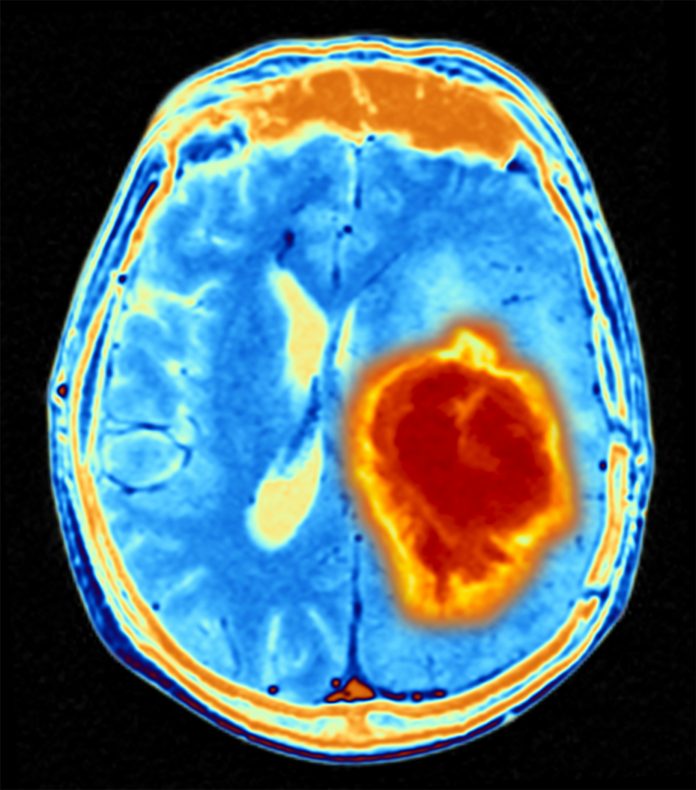
A new study will apply optical genome mapping (OGM), which reveals genomic structural variations, to better diagnose brain tumors and allow treatment to be personally tailored and possibly find new drug targets. Preliminary data suggests that about 30% of brain tumors show such variations. The new study will involve at least 1,500 brain tumor samples.
Ann & Robert H. Lurie Children’s Hospital of Chicago was awarded $3.7 million through the National Cancer Institute Cancer Moonshot Scholars program to advance precision diagnosis of brain tumors in children. The hospital hopes to implement this clinical test by the end of a five-year study.
“We will use optical genome mapping for molecular diagnosis of brain tumors, which is a new application of this technology specifically designed to detect structural variants, meaning large changes within the single long strands of DNA that affect function,” said principal investigator Miriam Bornhorst, MD, a neuro-oncologist at Lurie Children’s and associate professor of pediatrics at Northwestern University Feinberg School of Medicine.
OGM detects structural variations by linearizing and imaging DNA using massively parallel nano-channels. This produces some of the longest read lengths in genomic research.
“Currently, the genomic testing performed on brain tumors focuses on small changes within individual genes. Adding the new test will inform us about larger changes to the whole gene and the genes that surround it. This will allow us to receive more robust test results so that we can initiate treatment earlier and do so with greater precision,” said Bornhorst.
According to Bornhorst’s preliminary data, around 30% of patients with negative clinical genetic testing had a potentially clinically important structural variant identified on OGM. This study will include analysis of at least 1,500 brain tumor samples over the course of five years. Approximately 200 samples will be analyzed in “real time,” to determine how well this method works as a clinical test, while the other samples will be analyzed to discover new structural variant patterns in pediatric brain tumors.
“We hope to discover novel structural variants and characterize them based on tumor type, which could help us understand why some brain tumors are more difficult to treat, or why some of these tumors don’t respond to treatment,” said Bornhorst. “Our work also might identify new targets for treatment. This is an exciting path forward that could transform care of pediatric brain tumors and hopefully lead to improved outcomes.”
An estimated 350,000 brain tumors occur worldwide every year. Because of several factors, they are especially hard to treat.





